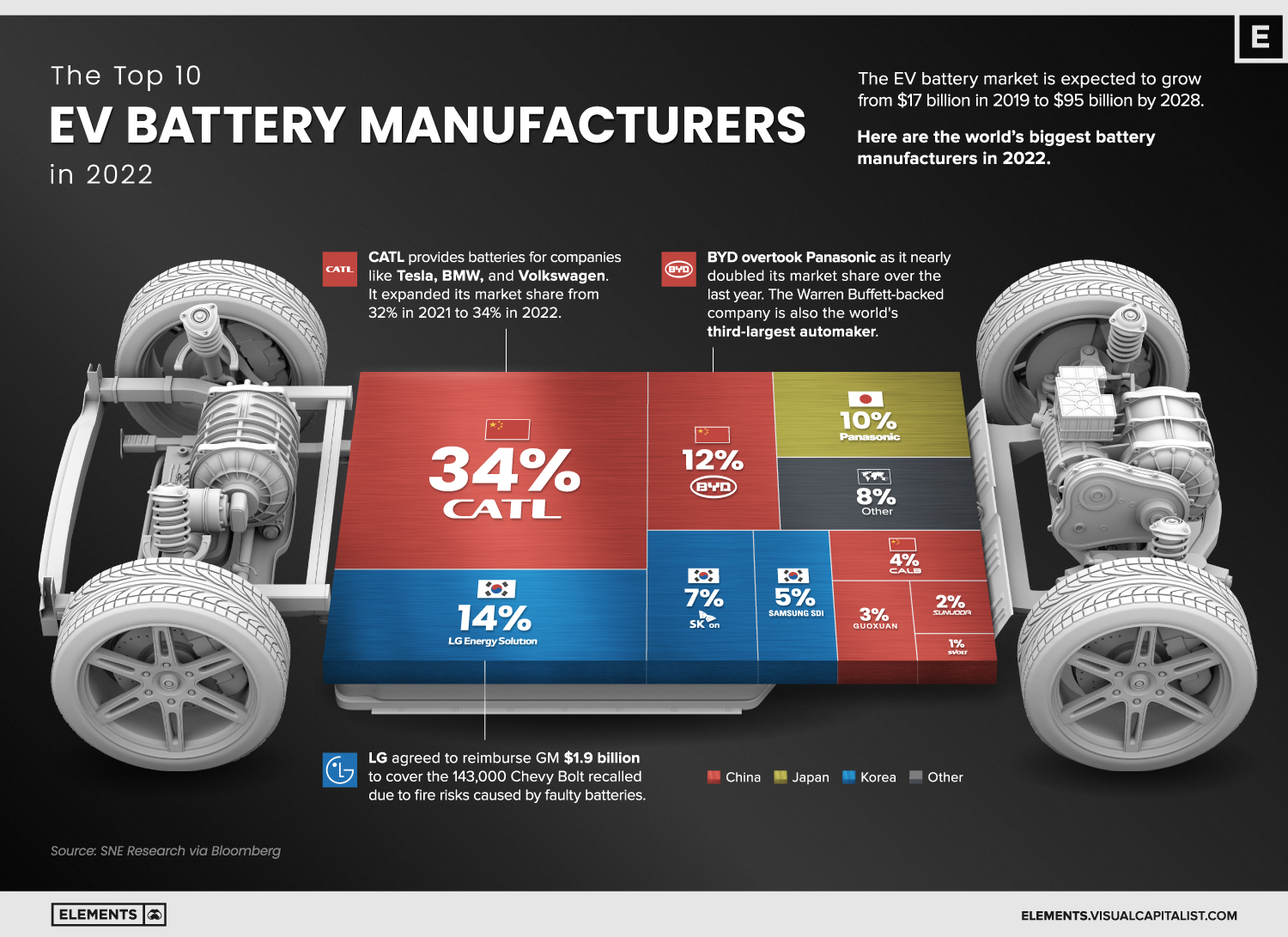It is estimated that by 2030, 150 million electric cars will be on the roads and the global demand for ev batteries will soar. Electric cars are supposed to be the future, but they still have issues that are keeping away many car buyers. Scientists are working to ensure the electric vehicle (ev) batteries being sold today can be recycled in 2030 and beyond, when thousands of batteries will reach.
Future Mpg Cars Affordable 150 Car Coming Soon
How Do You Find Your Career Choices I A Job? Sciphd
Future Care Sandtown Winchester Nursing Home Video Tour Of Pineview Youtube
Automation and Electric Vehicles (EVs) for the Next Future EEWeb
The range is too short.
They are a reality we’re living.
Based on our extensive experience in the global battery value chain, we have identified ten transformational success factors that will pave the way for our 2030. While early signs show just how important batteries can be in our energy system, we still need gobs more to actually. The race is on to generate new technologies to ready the battery industry for the transition toward a future with more renewable energy. Demand for ev batteries reached more than 750 gwh in 2023, up 40%.
How are ev batteries made and where will all that. Large, heavy battery packs take up space and increase a vehicle’s overall weight, reducing fuel efficiency. A new mit battery material could offer a more sustainable way to power electric cars. Electric cars and laptop batteries could charge up much faster and last longer thanks to a new structure that can be used to make much better capacitors in the future.

In 2022, about 60% of lithium, 30% of cobalt and 10% of nickel.
The future of ev batteries. The growth in ev sales is pushing up demand for batteries, continuing the upward trend of recent years. From increased mileage to decreased emissions, the. A technology that could dramatically increase the range and decrease the charging time of electric vehicle (ev) batteries could soon be in many more cars.
In 2022, lithium demand exceeded supply (as in 2021) despite the 180% increase in production since 2017.








